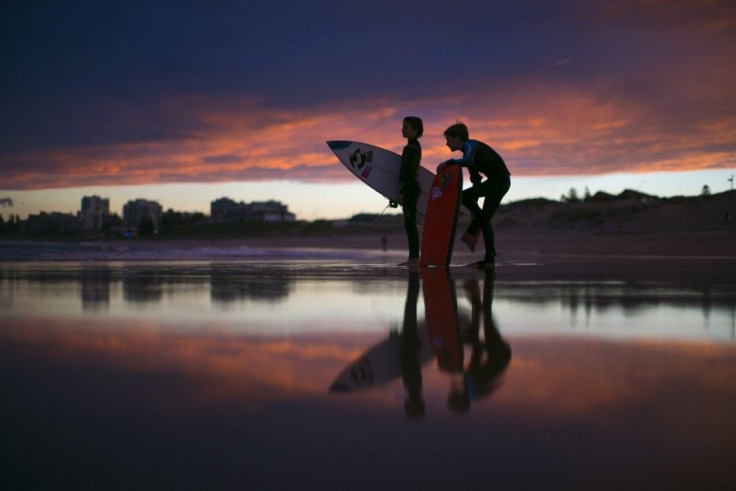Bioterrorist Attack And Other 'Megashocks' Could Devastate Australia

Australia may be wiped out an outbreak of swine flu, foot and mouth disease, a new wheat disease or a bioterrorist attack. These are among the 12 biosecurity risks that scientists at the Commonwealth Scientific and Industrial Research Organisation say could threaten the country's resources.
CSIRO has released a new report about Australia's biosecurity system and its 12 possible "megashocks" that could hit the country in the next 20 or 30 years. According to the Guardian, CSIRO wants to start a debate concerning the country's preparedness for future threats. Scientists said Australia should not rely on past efforts in keeping the country free from pests and diseases.
The CSIRO report contains trends that might exert pressure on the country's biosecurity system such as the world's rising demand for food and its effect on production, the growing population and transportation of goods. CSIRO scientists warned that if Australia becomes complacent, Australia might see an epidemic similar to SARS or the foot and mouth disease in 2001.
Gary Fitt, Biosecurity Flagship Science director of CSIRO, said the researchers do not want to portray a doomsday scenario, but he believes the risks could actually happen and the impact could cost the economy billions of dollars. Australia's agriculture sector is worth $55 billion to $60 billion annually, Fitt said. Scientists want to protect this sector. The report indicated that an outbreak of the foot and mouth disease would cost the country $50 billion in over 10 years.
Fitt remarked that the potential threats to Australia could be just as harmful and devastating as the Ebola virus. He said farmers near Katherine in the Northern Territory are currently dealing with a new disease known as the cucumber green mottle mosaic virus. Although the disease is not fatal to humans like Ebola, it could be devastating to the country's agriculture.
CSIRO also analysed what Australia needs to do to protect itself from the potential threats in the next 20 to 30 years. Scientists suggest producing more food for the growing population while sustaining production and ensuring proper care for water, soil and other resources.
The report also featured the black-striped mussel that cost the United States more than $5 billion in the 1900s. The black-striped mussel is classified in NSW waters as the most serious marine pest that could wreak havoc in tropical Australian waters, according to the Herald Sun. CSIRO said the coastline of South Australia is now under threat because of rising global sea temperatures and climate change.






